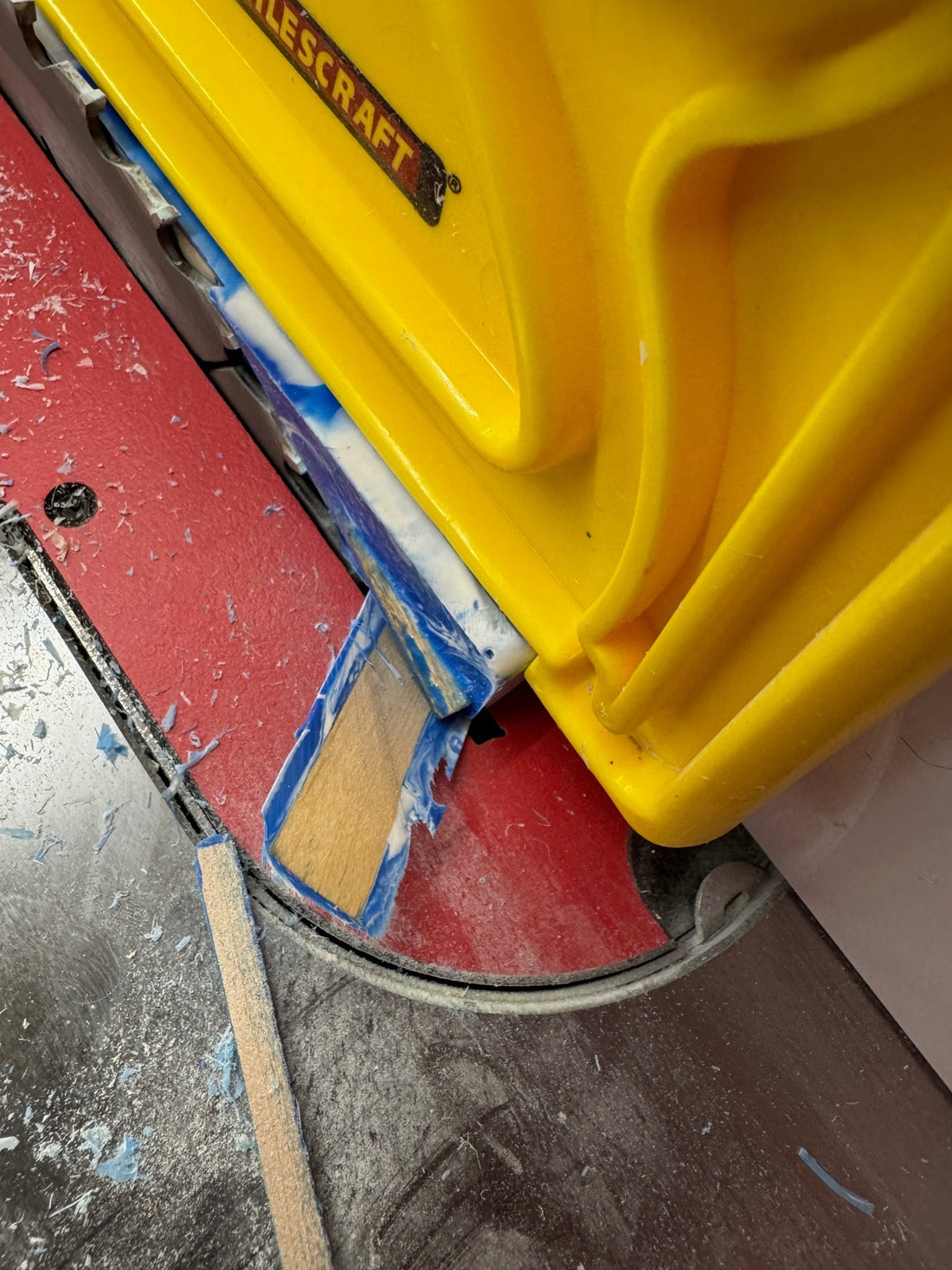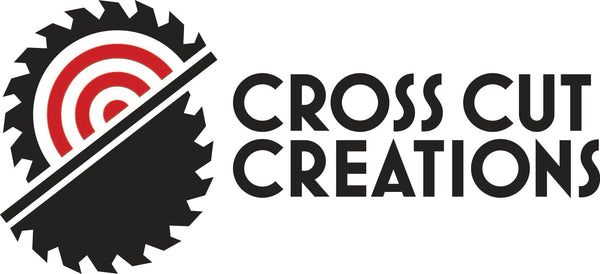
Kickback on the Table Saw: A Wake-Up Call for All Woodworkers
Share
I recently had a bit of a scare in the shop while processing pen blanks. In what seemed like just another routine cut, I experienced a kickback event on the table saw. Thankfully, I came away unhurt—but it served as a powerful reminder of how quickly things can go wrong, no matter how experienced you are.
This post isn’t meant to scare anyone away from using their tools—far from it. The table saw is one of the most versatile and important tools in a woodshop. But it does demand respect. Whether you're a first-time hobbyist or you've been pushing boards through saws for decades, kickback can happen to anyone if we get too comfortable or lose focus.
What Is Kickback?
Kickback occurs when the workpiece gets caught by the spinning blade and is thrown back toward the operator at high speed. It usually happens because of one or more of the following:
-
The wood pinches the blade (often due to misalignment or warped stock)
-
The kerf closes on the blade (especially without a riving knife or splitter)
-
The operator twists or lifts the material during the cut
-
The fence and blade aren't properly aligned
-
There's no push stick or featherboard guiding the stock
When it happens, it’s violent, sudden, and potentially dangerous. You can end up with damaged material, broken tools, or worse—serious injury.
A Quick Story From the Shop
The day I experienced kickback, I was cutting small pen blanks—a task I’ve done more times than I can count. I wasn’t doing anything “risky” by most standards, but I let myself get a little too casual. Maybe my hand placement wasn’t ideal. Maybe the stock wasn’t as flat as it should’ve been. Maybe I got just a little too confident. Whatever the cause, it happened in an instant, and it could have ended much worse.
Important Table Saw Safety Reminders
If it’s been a while since you reviewed shop safety—or if you’re brand new to woodworking—take a moment to run through these crucial safety practices:
1. Use a Riving Knife or Splitter
This helps keep the kerf open and reduces the chances of the wood pinching the blade and causing kickback.
2. Never Cut Freehand
Always guide your stock with a fence, miter gauge, or sled. Freehand cuts are unpredictable and dangerous.
3. Use Push Sticks and Featherboards
Keep your hands a safe distance from the blade—especially with small pieces. Featherboards help maintain even pressure and reduce the chance of material shifting.
4. Stand Out of the Line of Fire
Position your body to the side of the blade, so if kickback happens, you’re less likely to be hit.
5. Check Your Material
Make sure the wood is flat, free of defects, and dry. Warped or twisted pieces are more likely to bind.
6. Keep Your Blade Sharp and Properly Set
A dull or misaligned blade increases friction and can contribute to kickback.
Respect the Tool, Every Time
If you're reading this and thinking, "Yeah, I already know all this,"—good. But we all need reminders. Experience can breed overconfidence, and overconfidence can lead to mistakes. My recent encounter was a reminder that even with years of shop time, no one is immune to the risks.
Let’s look out for each other and ourselves. If you ever see something that doesn’t feel quite right—pause. Double-check. Reassess. Your fingers, hands, and safety are worth far more than a rushed cut.
Stay sharp and stay safe out there.
– Cross Cut Creations

